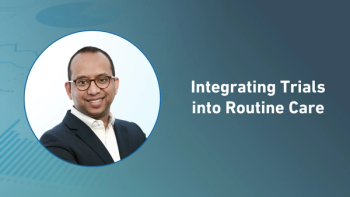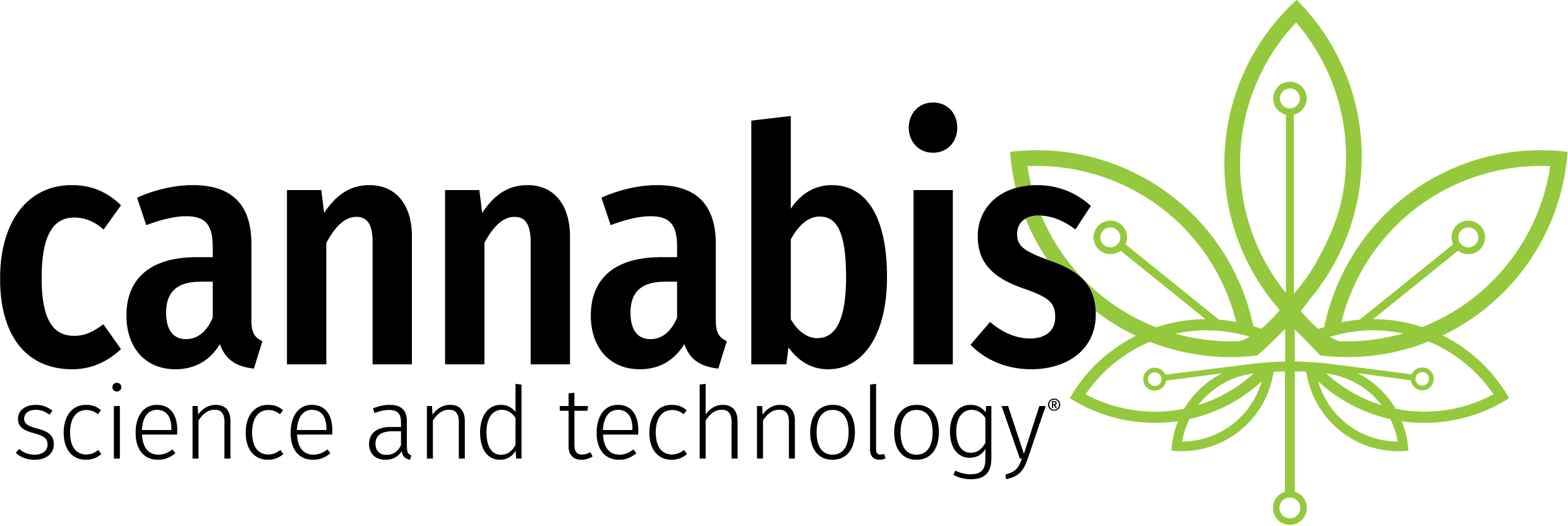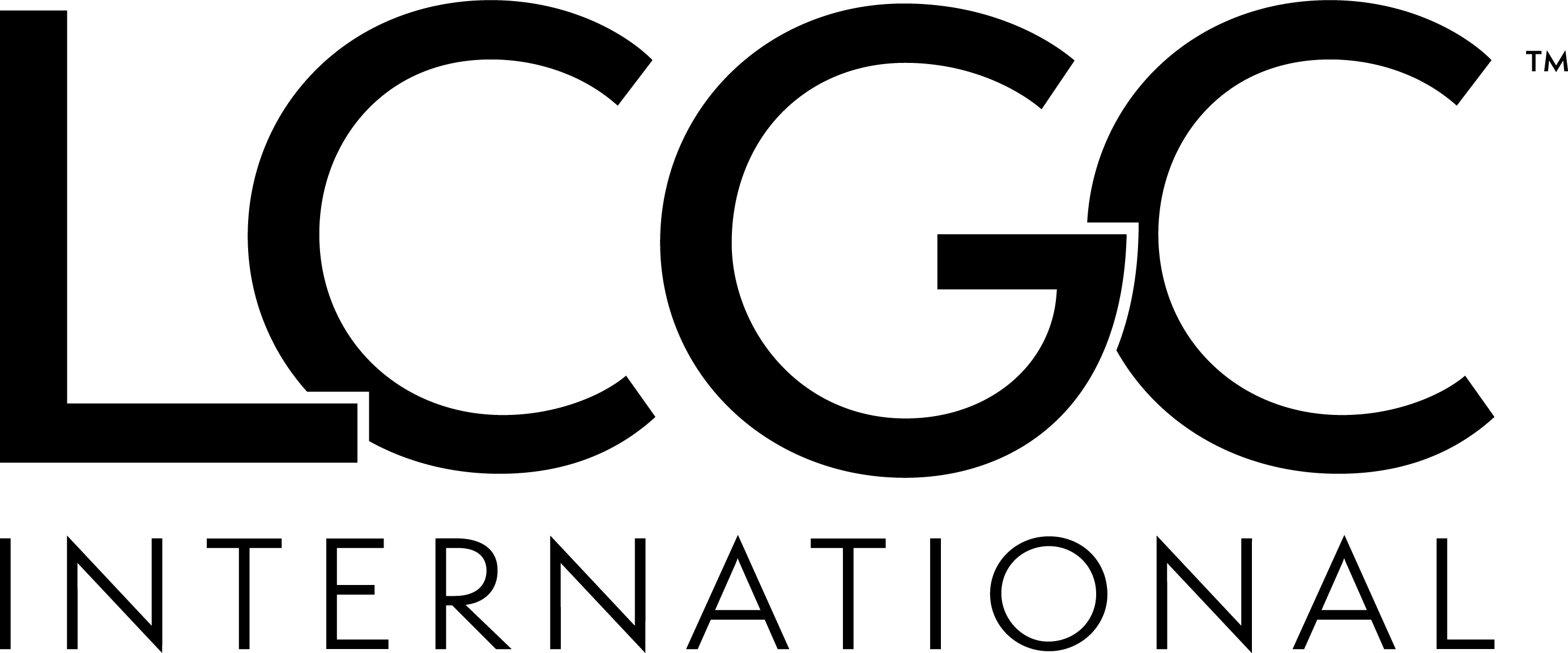
New Veeva Platform Combines CTMS, eTMF
Veeva to deliver the only clinical suite that unifies CTMS and eTMF for one process, one system, and one view across clinical trials in the cloud
PLEASANTON, CA – Veeva Systems today introduced Veeva Vault CTMS, the industry’s first multitenant cloud application that unifies information, documentation, and processes globally for a single source of truth across clinical operations. Together with Veeva Vault eTMF, Veeva will offer the first and only suite of clinical applications that combines CTMS and eTMF on one cloud platform. Now, life sciences companies can accelerate trial execution and gain real-time visibility into their clinical operations. “The clinical development process is highly inefficient due to a number of factors, including the inconsistent use of a large number of disparate and incompatible technologies,” said Ken Getz, associate professor at Tufts University School of Medicine and chairman of the Center for Information and Study on Clinical Research Participation. “Transparency, compatibility, and integration are critical factors driving technology adoption among clinical research professionals, patients, and the broader health care environment.” The fragmented landscape in clinical operations stems from duplicate content and data in multiple systems across many processes in a growing, complex global ecosystem of stakeholders. System and process silos create challenges for operations leaders to plan and make informed decisions during clinical trials. “Veeva is bringing the next generation of clinical trial management to life sciences,” said Jennifer Goldsmith, senior vice president of Veeva Vault. “We are filling a significant gap in the industry with a unified suite of applications to provide one process, one system, and one view within and across clinical trials. For the first time, life sciences companies will be able to get full visibility into their clinical operations.” Veeva Vault CTMS will help life sciences companies unify their clinical trial operations to reduce complexity, increase transparency, and speed time-to-market by providing:
- One source for clinical master data – ensure high-quality data across clinical applications with one system of record for study, study country, and study site information
- Real-time visibility – make faster, more informed decisions with a comprehensive, accurate view into the performance and efficiency of clinical trials
- Seamless access – enable collaboration across critical stakeholders from sponsors to CROs to investigator sites with a single solution in the cloud
- A true cloud solution – always current with the latest system capabilities without disruptive upgrades that can impact trial execution
In a recent survey of eTMF owners, 49% cited integration between their eTMF and CTMS applications as a key need. Veeva Vault CTMS joins Vault eTMF and Veeva Vault Study Startup as part of the Vault Clinical Suite designed to unify clinical operations. Vault CTMS is the latest application built on Veeva Vault, a cloud platform and suite of applications specifically built for life sciences. Traditionally, companies deploy multiple applications to manage content and the associated data. Veeva Vault is the only content management platform with the unique capability to manage both content and data. Now life sciences companies can eliminate system, site, and country silos and streamline their end-to-end clinical processes. Vault CTMS is expected to be available in the first quarter of 2017.
Additional Information
For more on Veeva Vault CTMS:
veeva.com/VaultCTMS
For more on Veeva Vault Clinical Suite:
veeva.com/VaultClinical
Stay updated on the latest Veeva news on LinkedIn:
linkedin.com/company/veeva-systems
Follow @veevasystems on Twitter:
twitter.com/veevasystems
Like Veeva on Facebook:
facebook.com/veevasystems
About Veeva Systems
Veeva Systems Inc. is a leader in cloud-based software for the global life sciences industry. Committed to innovation, product excellence, and customer success, Veeva has more than 400 customers, ranging from the world's largest pharmaceutical companies to emerging biotechs. Veeva is headquartered in the San Francisco Bay Area, with offices in Europe, Asia, and Latin America. For more information, visit
veeva.com
.
Newsletter
Stay current in clinical research with Applied Clinical Trials, providing expert insights, regulatory updates, and practical strategies for successful clinical trial design and execution.





.png)



.png)



.png)
.png)
